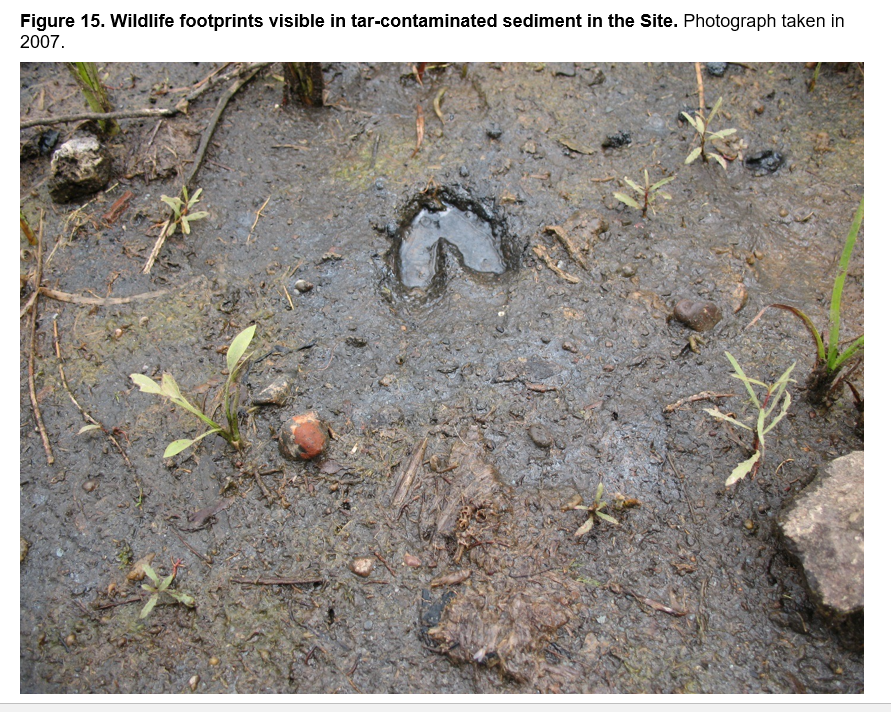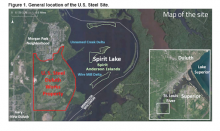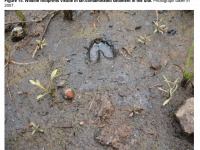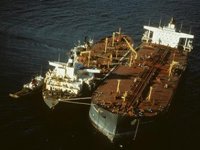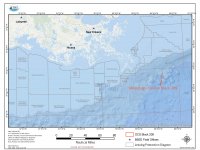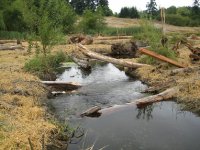St. Louis River U.S. Steel Site
Hazardous Waste Site | Duluth, Minnesota| Early 1900s - Present
What Happened?
The St. Louis River U.S. Steel Site, located in Duluth, St. Louis County, Minnesota, is a former steelmaking and wire mill facility that began operations in the early 1900s. Operations at the Site included steelmaking, coke production, and a wire mill. These facilities released multiple contaminants on land and into the St. Louis River, including PAHs and heavy metals. Steelmaking ceased in 1974, coke production ended in 1979, and the wire mill stopped operating soon thereafter. EPA added the U.S. Steel site and another nearby former industrial site to the Superfund National Priorities List in 1983 where they are collectively referred to as the St. Louis River Site.
The U.S. Steel Site includes approximately 500 acres of land several hundred more acres of a wide portion of the St. Louis River known as Spirit Lake.
What Were the Impacts?
Historical waste discharges from the Site have contaminated natural resources including surface water and sediment, soils, biological resources (fish, aquatic invertebrates, and terrestrial wildlife), and groundwater resources. Elevated concentrations of hazardous substances released from the Site have been found in these resources at concentrations sufficient to potentially cause injury.
Human use services (recreational and tribal cultural uses of natural resources) have also potentially been adversely affected by the releases of hazardous substances at the Site. Spirit Lake and Spirit Island in particular are central to the Anishinaabe (Ojibway) migration story. Spirit Island is a culturally significant location where ceremonies and other traditions are practiced to this day. It was near Spirit Island where the Ojibwa encountered wild rice (“food that grows on water”), marking the end of their journey.
What’s Happening Now?
Cleanup is ongoing at the Site. Minnesota Pollution Control Agency (MPCA) oversaw work by U.S. Steel to demolish the coke plant and wire mill, and create two on-site landfills. U.S. Steel also removed 6,487 tons of waste from a settling basin and disposed of it off-site, and solidified 10,000 cubic yards of coal tar and contaminated soil for on-site disposal. In 2017, MPCA asked EPA to oversee cleanup of sediments. Currently, EPA, under the Great Lakes Legacy Act, is partnering with U.S. Steel and the state on the cleanup of Spirit Lake and other contaminated aquatic areas at the Site. Cleanup of remaining land areas of the site remains under the oversight of MPCA.
In January 2023 the Trustees issued a draft Natural Resource Assessment Plan for public review and comment. Upon the close of the public comment period the Trustees will consider comments and issue a final Assessment Plan, including responses to comments received.
“As a major set of long-planned cleanup actions in the aquatic environment on and near the Site approach completion in 2023, the Natural Resource Trustees are assessing adverse effects to ecological resources and human use services to determine the amount and kinds of restoration actions that may reduce and/or compensate for injuries caused by the PAHs and metals released from the St. Louis River U.S. Steel Site.” - Greg Baker, NOAA
Contacts
Greg Baker
NOAA Assessment and Restoration Division
1305 East West Highway, Room 10317
Silver Spring, MD 20910
greg.baker@noaa.gov
Terry Heatlie
NOAA Restoration Center
4840 S State Rd, Ann Arbor, MI 48108
terry.heatlie@noaa.gov

